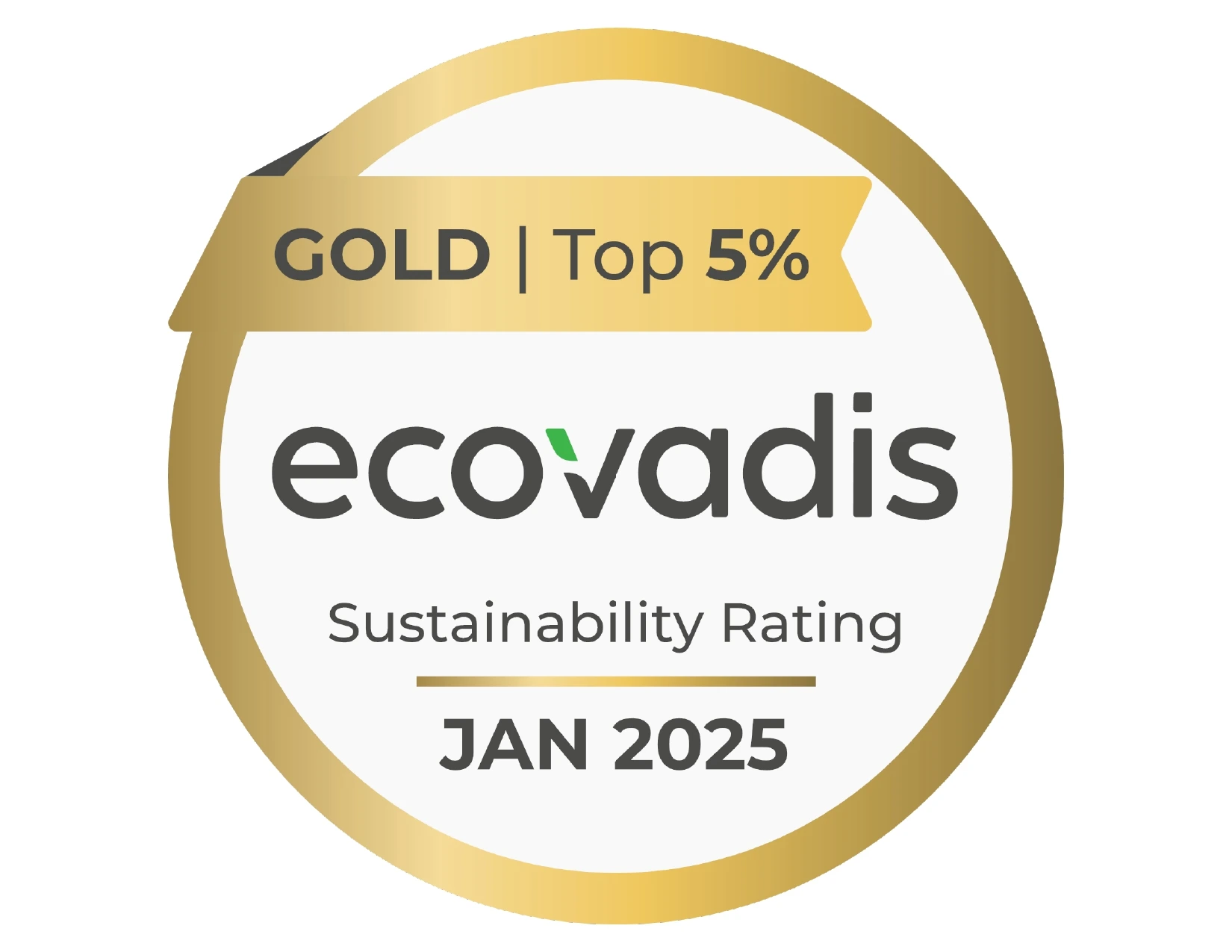How Does Phosphite Antioxidants Work?
Oxidative degradation presents a significant challenge in polymer science, leading to material property loss and ultimately compromising product performance. This degradation process, often initiated by exposure to heat, light, and oxygen, triggers the formation of free radicals and hydroperoxides. These reactive species inflict a large extent of collateral damage by causing chain scission within the polymer foundation. Phosphite antioxidants emerge as a critical line of defense against this detrimental process.
Chemically, phosphite antioxidants possess a characteristic phosphite group (P(OR)₃). This central phosphorus atom covalently bonds with three oxygen atoms, each further connected to a strategically chosen organic substituent (R). The selection of these R groups, typically aryls or alkyls, plays a crucial role in optimizing the antioxidant’s functionality. Factors like solubility, processing stability, and hydrolysis resistance are all influenced by the choice of R groups, ensuring optimal performance within the specific polymer matrix.
Let’s explore the chemical composition of phosphite antioxidants, its atomic structure and understand how they work in their intended applications.
From Formula to Function
The general formula for a phosphite antioxidant is P(OR)₃, where “R” represents the organic substituents. A well-known example is triphenyl phosphite (P(OC₆H₅)₃), where each “R” group is a phenyl ring. This specific phosphite boasts a molecular weight of 310.27 g/mol, with phosphorus (P) being the heaviest element (atomic mass: 30.974 u) and hydrogen (H) being the lightest (atomic mass: 1.008 u).
The synthesis of phosphite antioxidants typically involves a controlled reaction between phosphorus trichloride (PCl₃) and an alcohol (ROH) according to the following equation:
PCl₃ + 3ROH → P(OR)₃ + 3HCl
During this process, the PCl₃ molecule undergoes a substitution reaction, exchanging its three chlorine atoms (Cl) with the alkoxy groups (RO) from the alcohol molecules. This reaction yields the desired trialkyl or triaryl phosphite and hydrochloric acid (HCl) as a byproduct.
Protection Against Peroxide Threats
During polymer processing and subsequent use, exposure to heat, light, and oxygen can trigger the formation of detrimental peroxides (ROOH) within the polymer matrix. These peroxides act as chain-breaking agents, effectively cleaving the polymer backbone and compromising the material’s mechanical properties and overall lifespan.
Phosphite antioxidants function as proficient free radical scavengers, effectively capturing these peroxides before they can inflict damage. The primary reaction mechanism involves a one-electron transfer process between the phosphite (P(OR)₃) and the hydroperoxide (ROOH), resulting in the formation of a stable phosphate species (P(O)(OR)₂) and an alcohol (ROH). This sacrificial mechanism effectively neutralizes the detrimental effects of peroxides, preserving the integrity of the polymer chains.
Synergistic Effects of Phosphite Antioxidants
Phosphite antioxidants often demonstrate a synergistic effect when combined with phenolic antioxidants, another class of commonly used stabilizers in the polymer industry. Phenolic antioxidants function by directly capturing free radicals formed during polymer degradation. However, these phenolic antioxidants can become deactivated after donating a hydrogen atom to the free radical.
In this partnership, the phosphite antioxidant can regenerate the spent form of the phenolic antioxidant. The oxidized form of the phenolic antioxidant (often a quinone) can accept an electron from the phosphite, restoring its functionality and extending its overall effectiveness in combating free radical-mediated degradation pathways.
Industrial Applications of Phosphite Antioxidants:
We’ve explored the science behind phosphite antioxidants, their chemical makeup, and how they combat the threats posed by free radicals and peroxides. Now, let’s have a look into the practical applications of these plastic antioxidants and the exciting possibilities they hold for any specified applications:
- Polyvinyl Chloride (PVC): Triphenyl phosphite (TPP) is a workhorse in the PVC industry. It enhances heat and light stability, crucial for applications like pipes, window profiles, and flooring materials. TPP effectively scavenges peroxides formed during processing, ensuring the mechanical integrity of PVC products throughout their lifespan.
- Polyolefins (PE, PP): Tris(nonylphenyl) phosphite safeguards polyethylene (PE) and polypropylene (PP) during processing and enhances their long-term performance in films, fibers, and molded parts. The nonylphenyl groups offer a balance between compatibility with the polyolefin matrix and efficient free radical scavenging.
- Engineering Plastics (ABS, PC): Specially designed aryl phosphite antioxidants protect engineering plastics like ABS (acrylonitrile butadiene styrene) and PC (polycarbonate) from thermo-oxidative degradation. These customized antioxidants can offer additional benefits like improved flame retardancy or enhanced UV resistance.
The Enduring Legacy of Phosphite Antioxidants
Phosphite antioxidants, including prominent players like antioxidant 168, represent a cornerstone of polymer stabilization technology. Their ability to combat oxidative degradation and their synergistic interactions with other antioxidant systems significantly enhance polymer stability and product longevity. As research continues to unlock new possibilities, these compounds show immense promise in playing an even greater role while shaping the future of polymeric materials.
Vinati Organics is a respected leader in the industrial antioxidant market. Our well-established manufacturing processes, driven by advanced technology, deliver high-purity antioxidant solutions that will serve their purpose perfectly – providing safety to your polymers. Our commitment to partnering with customers has fostered long-term relationships with leading chemical and materials companies across 35+ countries, including key markets like the US, Europe, and Asia.
Explore our range of advanced antioxidants or contact our team to know more about its pricing.







